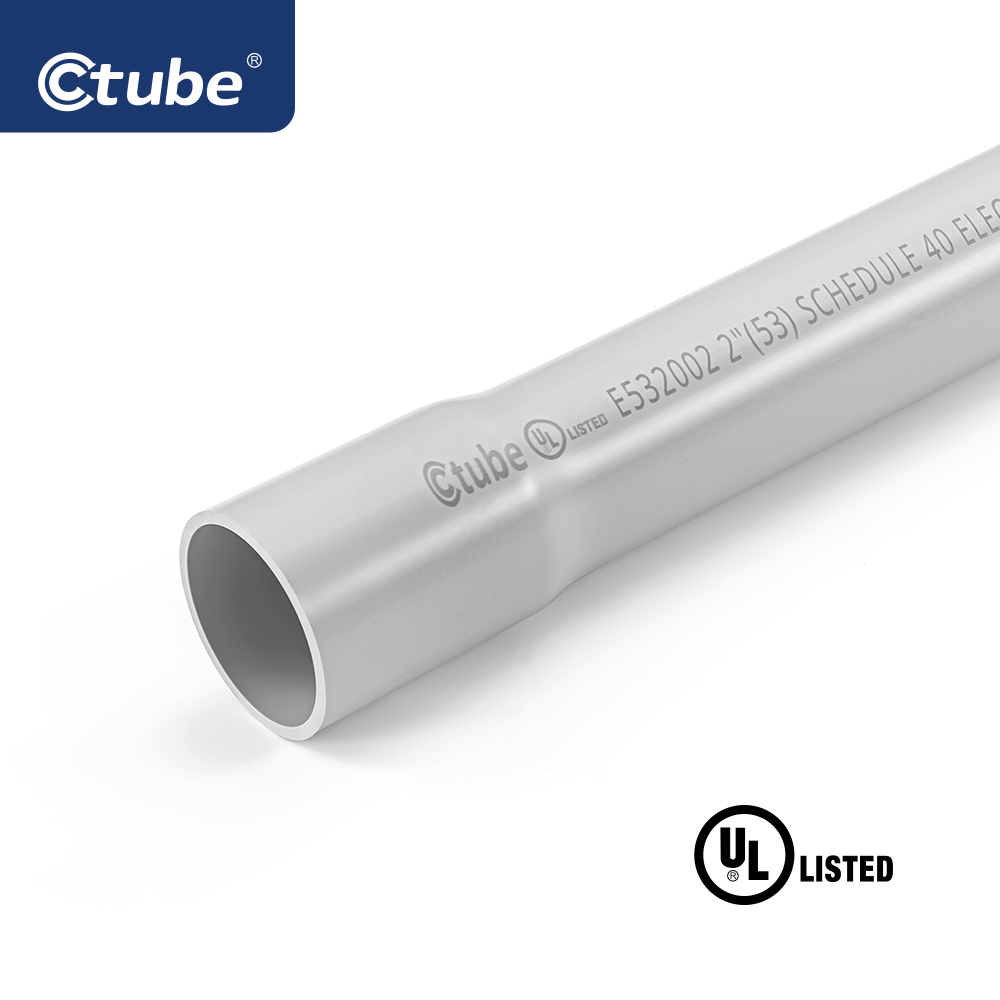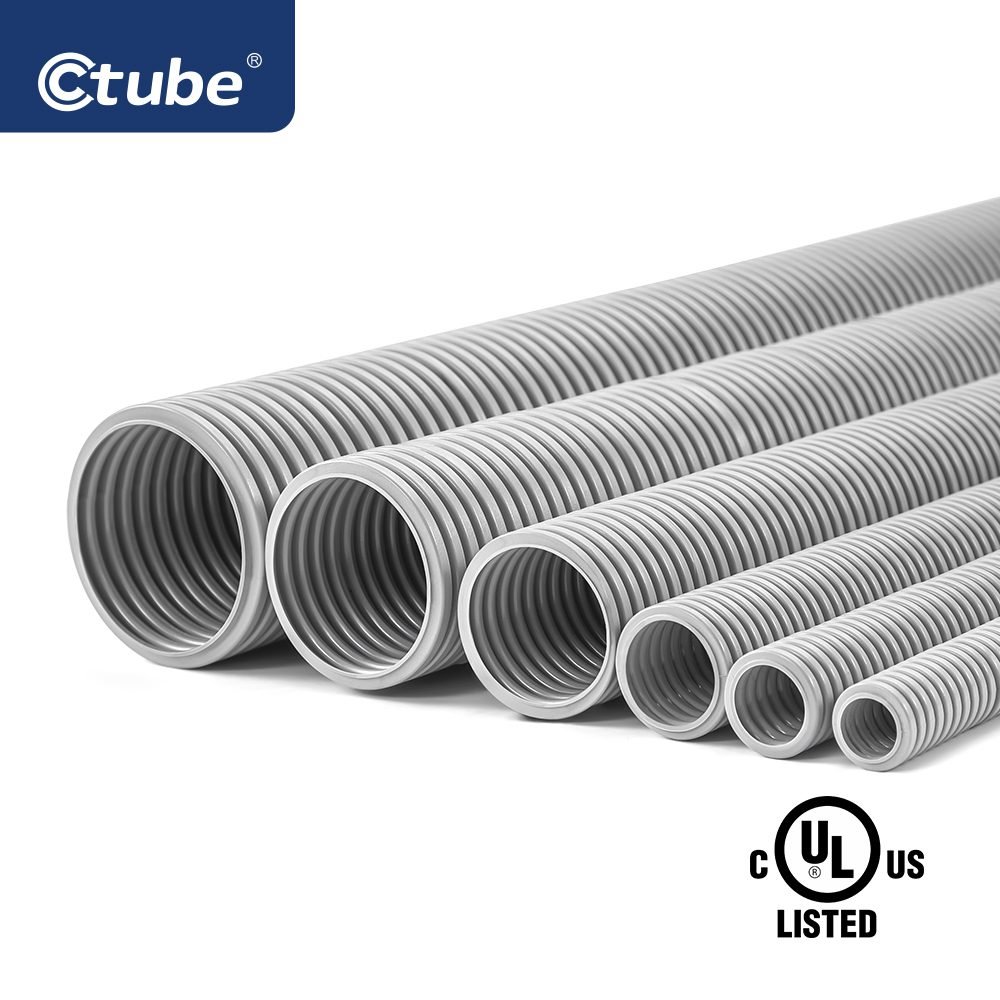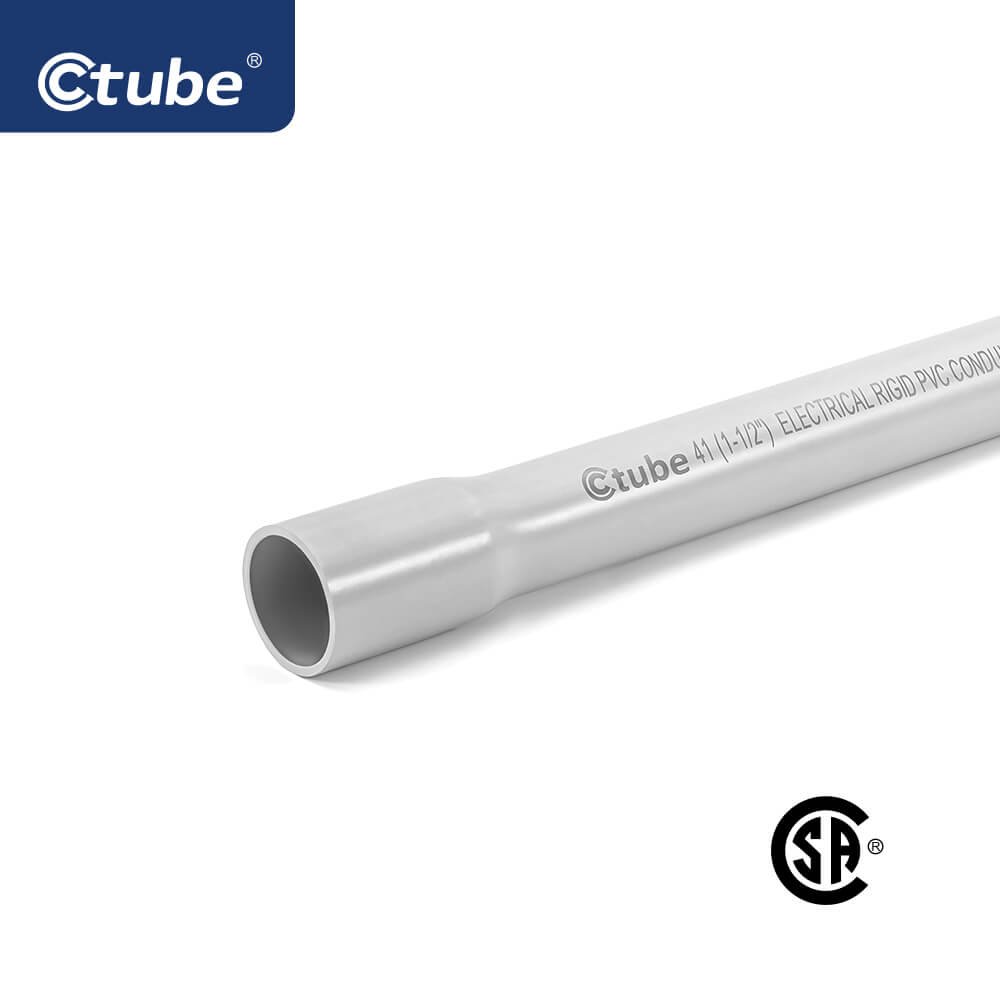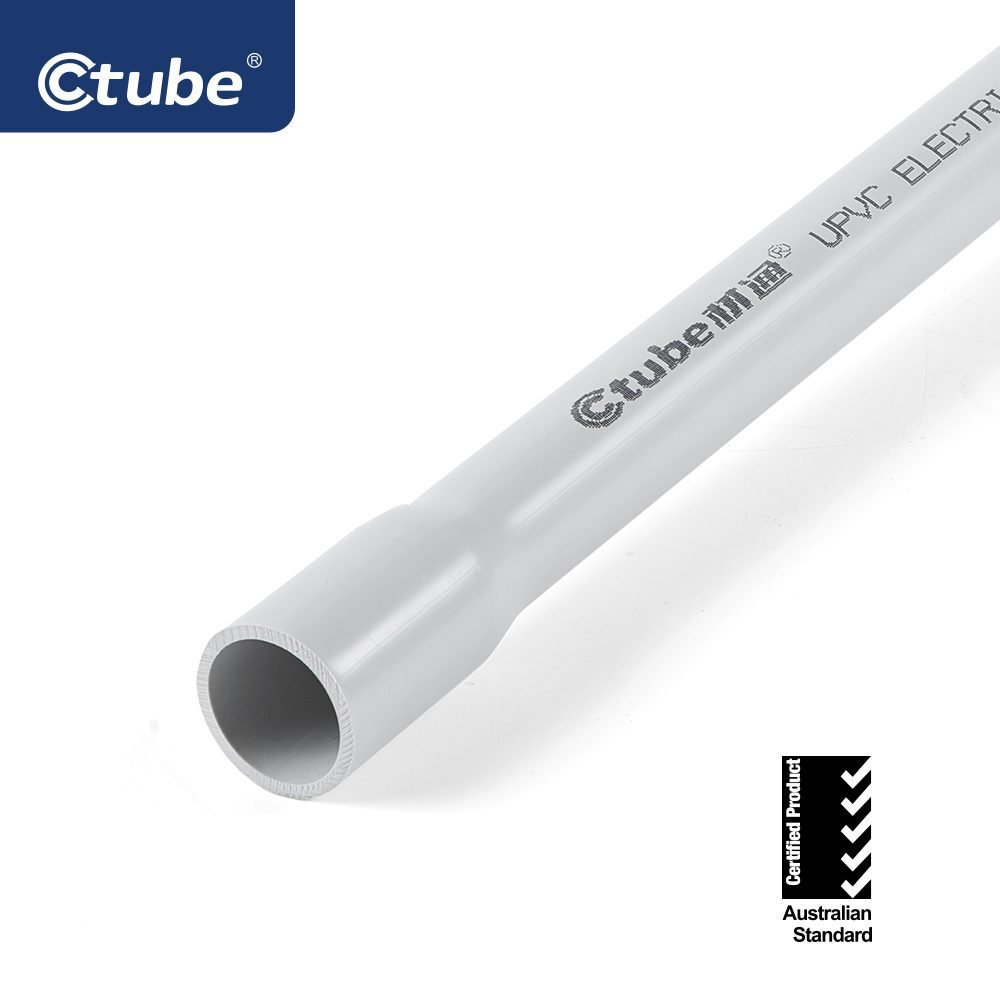Bending PVC conduit may seem like a straightforward process, but it requires careful attention to detail to avoid damaging the conduit. Follow these simple steps to ensure a successful bend:
- Prepare the PVC conduit by cutting it to the desired length with a PVC pipe cutter. If you need to make a sharp bend, score the PVC conduit with a utility knife before bending.
- Heat the PVC conduit evenly using a heat gun, propane torch, or hair dryer. Be sure to avoid overheating the PVC conduit, as this can cause damage.
- Bend the PVC conduit slowly and carefully to the desired shape. Avoid sharp bends, and make sure to bend the conduit gradually.
- Cool the PVC conduit thoroughly before use. You can air-dry the conduit or place it in cold water to speed up the cooling process.
Here are some additional tips for bending PVC conduit:
- Use a heat gun with a variable heat setting to control the amount of heat applied to the conduit.
- Avoid overheating the PVC conduit, as this can cause it to become brittle and crack.
- Bend the conduit carefully and gradually to prevent damage.
- Make sure to cool the conduit completely before use to prevent stress fractures.
Aside from using heat to bend PVC conduit, another option is to use PVC conduit bend and elbow fittings. These fittings are specifically designed to enable you to bend PVC conduit without the need for heat. They come in a range of sizes and shapes, so you can select one that suits your project requirements.
Using a PVC conduit bend and elbow fitting is simple. First, cut the PVC conduit to the required length, and then insert it into the fitting. Tighten the fitting using a wrench to secure it in place.
PVC conduit bend and elbow fittings are an excellent alternative to heat-bending PVC conduit. They are user-friendly and come in various sizes and shapes, making them an ideal option for any project.














